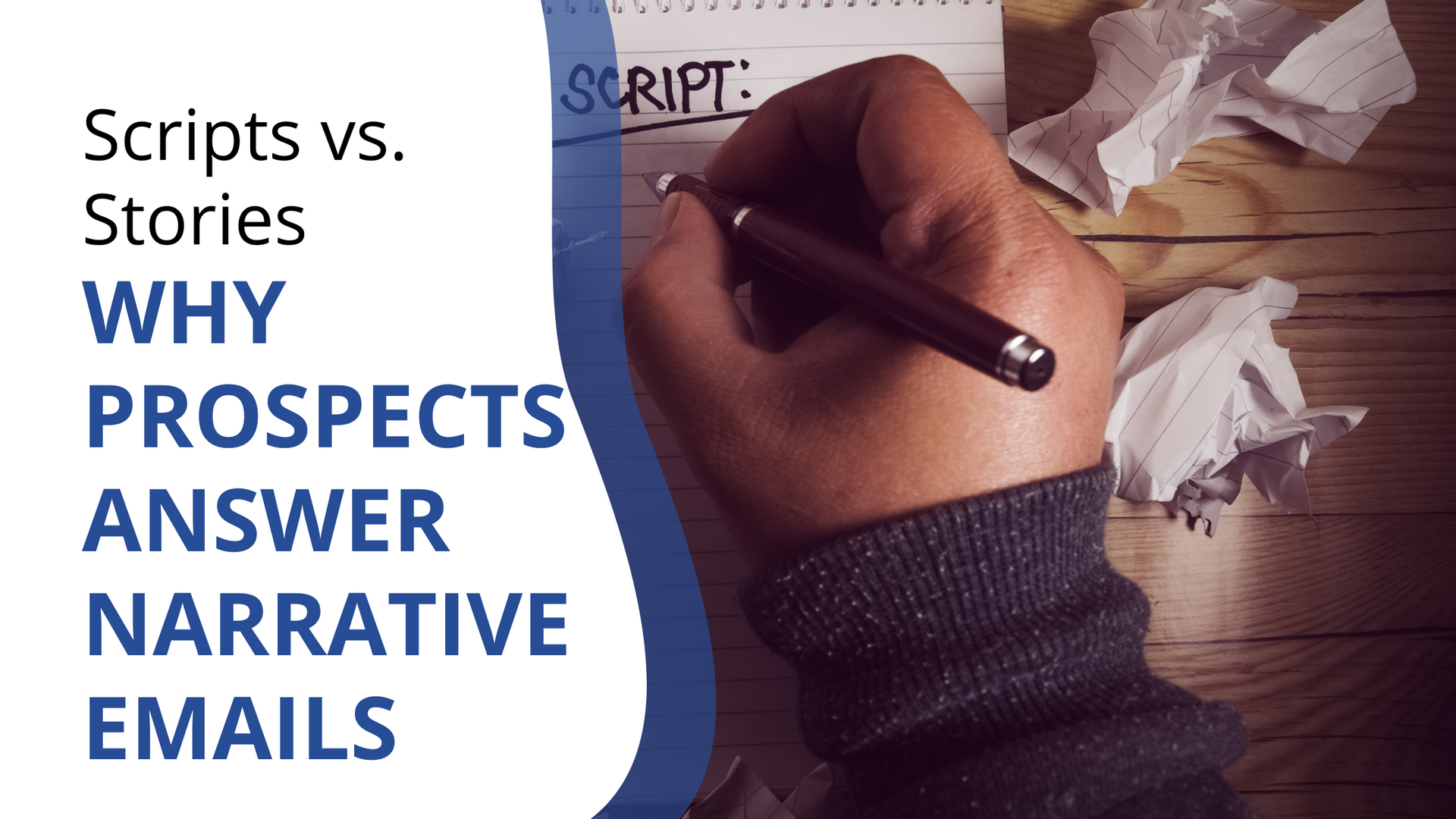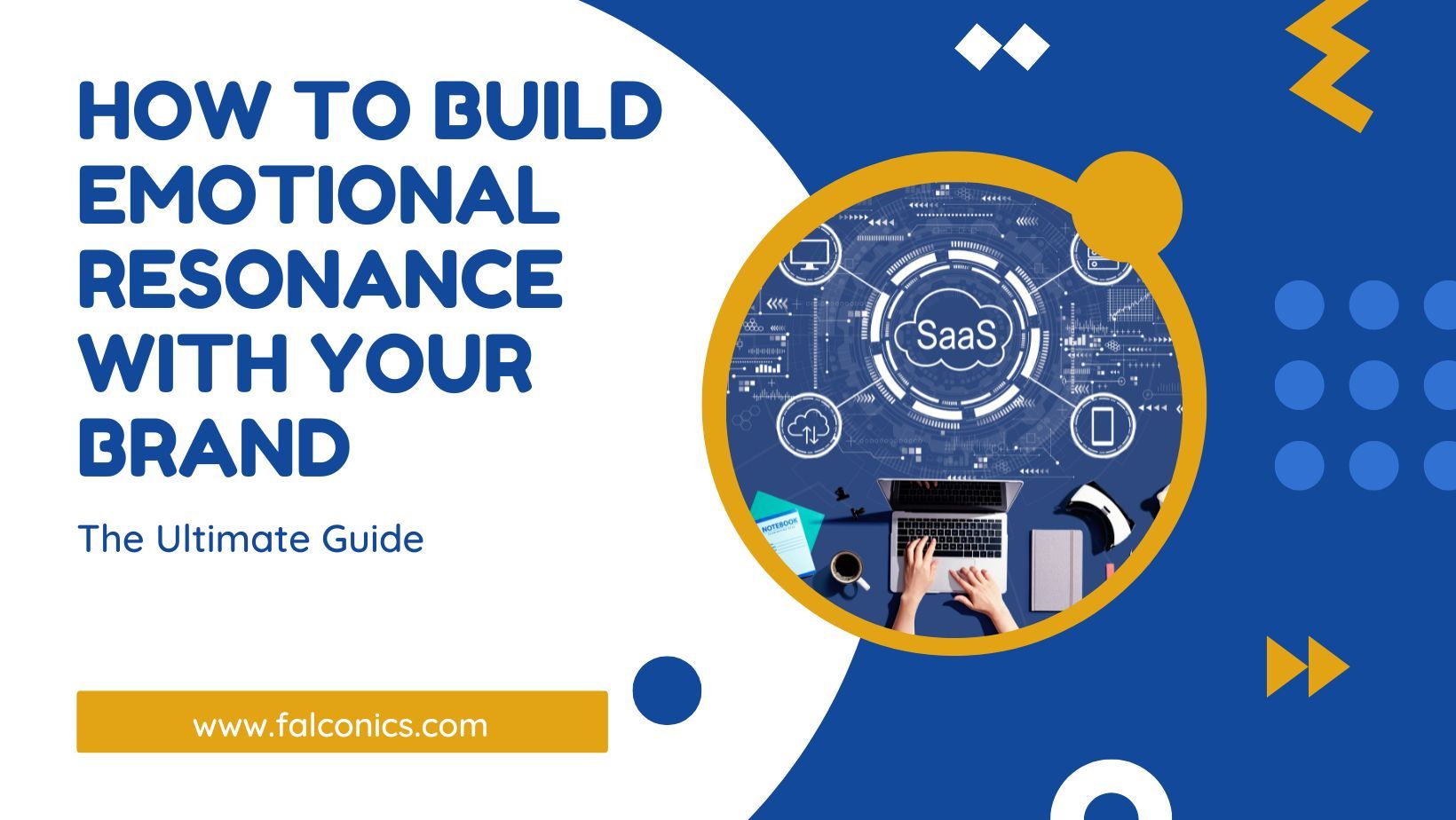Scripts vs. Stories: Why Prospects Answer Narrative Emails

You spend hours drafting cold emails. You follow all the "best practices" you have read about. You use a proven script, add a call-to-action, and hit send.
But when you check your inbox, it is mostly silence. It is frustrating and we know cause we’ve been there as well. You start to wonder if the problem is your offer, your subject line, or maybe even your entire strategy.
The truth is, it might not be any of those. It might simply be that your emails feel scripted.
If you want prospects to answer your emails, you need to move beyond scripted templates and start telling real stories.
Here is why stories work and how you can use them to write better emails.
What Are Scripted Emails?
Scripted emails are structured messages that follow a specific format or template. They usually include:
- A hook at the beginning
- A short explanation of the product or service
- A call-to-action asking for a meeting, reply, or sale
Sales teams use them because they are easy to train and repeat. You don’t have to think much about them. All you have to do is fill in the blanks and hit send.
But the problem is that prospects know when they’re reading a script. It feels robotic, generic, formal, mass-produced, and often forgettable. The result is that most people ignore emails like this, which is why you’re not seeing any results.
What Are Narrative Emails?
Narrative emails are built around a short, real, or realistic story.
A typical narrative email might look like this:
- Start with a specific pain point
- Tell a short story about someone dealing with that pain
- Show how they overcame it with your help
- Invite the prospect to take action
It feels personal. It feels relevant. It feels like you are speaking directly to them, not broadcasting a generic message.
How Stories Improve Response Rates
Here is how narrative emails or story based outreach create better engagement:
They Break Patterns
Most prospects are used to getting the same types of emails every day. When they see a story instead of a pitch, it grabs their attention. Even a short story about a common struggle can make them pause and read.
They Make You Relatable
A story shows that you understand what the prospect is going through. You are not just another vendor trying to sell something. You are someone who has faced similar challenges or helped others like them.
They Build Curiosity
Stories naturally make people want to know what happens next. If your email hints at a solution without giving everything away, the prospect will feel more curious and may respond just to learn more.
They Lower Resistance
When you tell a story, it feels like a conversation and not like just another sales pitch. Prospects do not feel pressured. They feel more open to hearing what you have to say.
How to Write Narrative Emails That Work
Start With a Real Pain Point
Think about the number one problem your prospects face. Focus on a real, concrete issue. Vague frustrations like "inefficiency" or "lack of optimization" are not enough. Get specific. What keeps them up at night? What slows them down at work?
Build a Simple Story Around It
Create a short story of someone facing that exact pain. It does not have to be complicated. In fact, the simpler and more direct, the better.
Follow this basic outline:
- What was going wrong?
- What did they try that did not work?
- Talk about the solution (your product or service), how they got there, and how it helped.
Keep It Short and Focused
Your story does not need to be long. Two to three sentences is usually enough to set the scene. Focus only on the pain and the breakthrough.
End With a Clear, Low-Pressure Next Step
Finish by inviting them to talk, book a call, or reply. Make it low-pressure. Something as simple as "Would it make sense to chat for 10 minutes about this?" works great.
Tips to Get Even Better Results
- Use the prospect's language.
- Mention a detail about their company or industry.
- Keep it short. 150-200 words is ideal.
- Focus on one story per email.
- Use real customer stories when you can. They are the most believable.
- Write like you talk.
What to Avoid When Writing Narrative Emails
Even though stories are powerful, there are a few common mistakes to avoid:
- Don’t make the story about you.
- Don’t exaggerate. If your story feels fake, you lose trust.
- Don’t forget the point. Your story should lead naturally to your product or offer.
Why This Matters More Now Than Ever
Inboxes are flooded. Everyone is busy. Attention spans are shorter. Prospects are not looking for more information. They are looking for someone who understands their situation and can genuinely help.
Scripts might be fast, but they are also forgettable. Stories take a little more effort, but they are the emails people actually open, read, and answer.
When Should You Use Scripts Instead?
Scripts aren’t bad. They’re useful, especially when:
- Sending mass cold emails where you cannot personalize much
- Responding to inbound leads who expect a fast reply
- Following up after a call when the relationship has already been built
But even then, you can blend story based outreach into your script to keep it feeling real.
Final Thoughts
Prospects today can spot a scripted email a mile away. They’re tired of reading the same generic pitches.
A short, simple story that connects to their real-world problems is much more powerful. If you want better replies, fewer ignores, and stronger relationships from the start, you need to start telling better stories.
Want to take your marketing to the next level? At Falconics, we’re leaders in ERM, specifically designed for B2B SaaS companies. As industry experts, we develop strategies that help you create deeper connections with your customers. Ready to see how? Contact us today.




